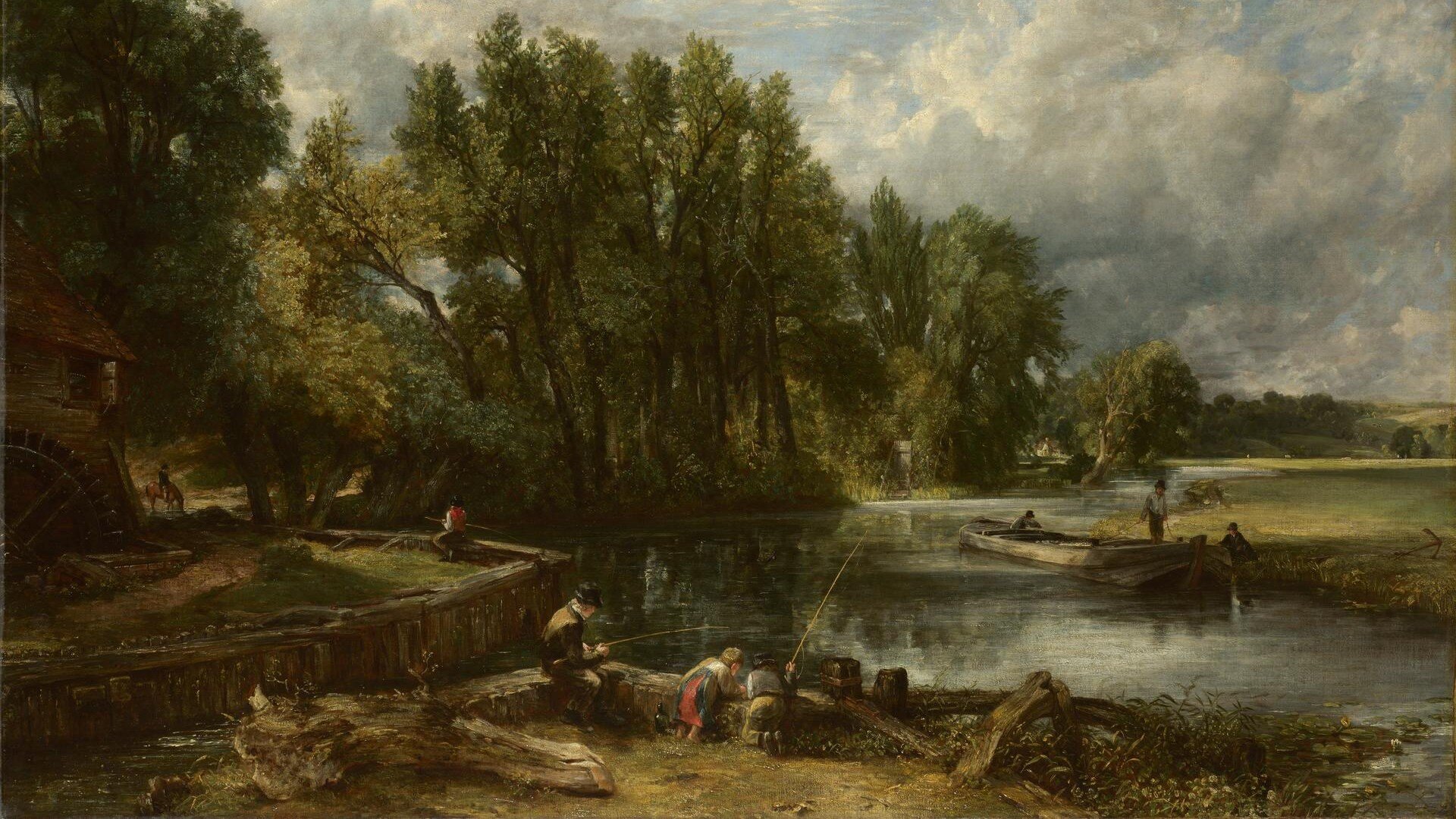Fishing
Cumberland Valley, Pennsylvania, where Whistlestop Bookshop is situated, is generously watered and drained by creeks renowned for their fishing. Conodoguinet Creek, which flows about 100 miles to the Susquehanna River and is nearest to Carlisle, is actually better known for the fishing in its two tributaries, Big Spring Creek out of the Newville area (only 5 miles) and Letort Spring Run, which arises south of Carlisle and flows north 9 miles to the Conodoguinet. The Yellow Breeches Creek, which flows along South Mountain for 56 miles to the Susquehanna, is internationally famous for its trout fishing.
Naturally, a trout-fishing and especially a fly-fishing culture has developed, sometimes thought to be mostly local, sometimes acknowledged to be of world interest — the world that loves the quiet and focus and solitary rewards of fly-fishing. Rarely, the local zen masters of fishing wrote books. Charlie Fox was once a customer of Whistlestop, and Joe Humphreys is still in print and in fact the subject of a documentary we carry. Fishing does inspire fine writing, after all — the names of Izaak Walton, Norman MacLean, Thomas McGuane, Patrick McManus, John Gierach suggest the range of approaches in writing about “standing in a river waving a stick,” to use Gierach’s famous descripton.
Dedicated to the memory of a great fisherman and an even better brother, Gordon Wood (1956-2020).
Big Two-Hearted River: The Centennial Edition
Big Two-Hearted River: The Centennial Edition
A gorgeous new centennial edition of Ernest Hemingway’s landmark short story of returning veteran Nick Adams’s solo fishing trip in Michigan’s rugged Upper Peninsula, illustrated with specially commissioned artwork by master engraver Chris Wormell and featuring a revelatory foreword by John N. Maclean.
"The finest story of the outdoors in American literature." —Sports Illustrated
A century since its publication in the collection In Our Time, “Big Two-Hearted River” has helped shape language and literature in America and across the globe, and its magnetic pull continues to draw readers, writers, and critics. The story is the best early example of Ernest Hemingway’s now-familiar writing style: short sentences, punchy nouns and verbs, few adjectives and adverbs, and a seductive cadence. Easy to imitate, difficult to match. The subject matter of the story has inspired generations of writers to believe that fly fishing can be literature. More than any of his stories, it depends on his ‘iceberg theory’ of literature, the notion that leaving essential parts of a story unsaid, the underwater portion of the iceberg, adds to its power. Taken in context with his other work, it marks Hemingway’s passage from boyish writer to accomplished author: nothing big came before it, novels and stories poured out after it. —from the foreword by John N. Maclean

